Trump Administration unleashes early nuclear energy wins in first 100 days.
April 29, 2025Nuclear energy is off to a fast start in the first 100 days of the Trump Administration.
Several major milestones have already been announced since President Trump took office in January, from strengthening our nuclear fuel supply chain to supporting the nation’s first restart of a retired nuclear power plant.
The long-awaited nuclear renaissance is right around the corner thanks to President Trump as the Administration works to restore American energy dominance to bring more reliable, secure, and affordable power back to U.S. taxpayers.
Read on for the top nuclear energy accomplishments from the Trump Administration’s first 100 days.
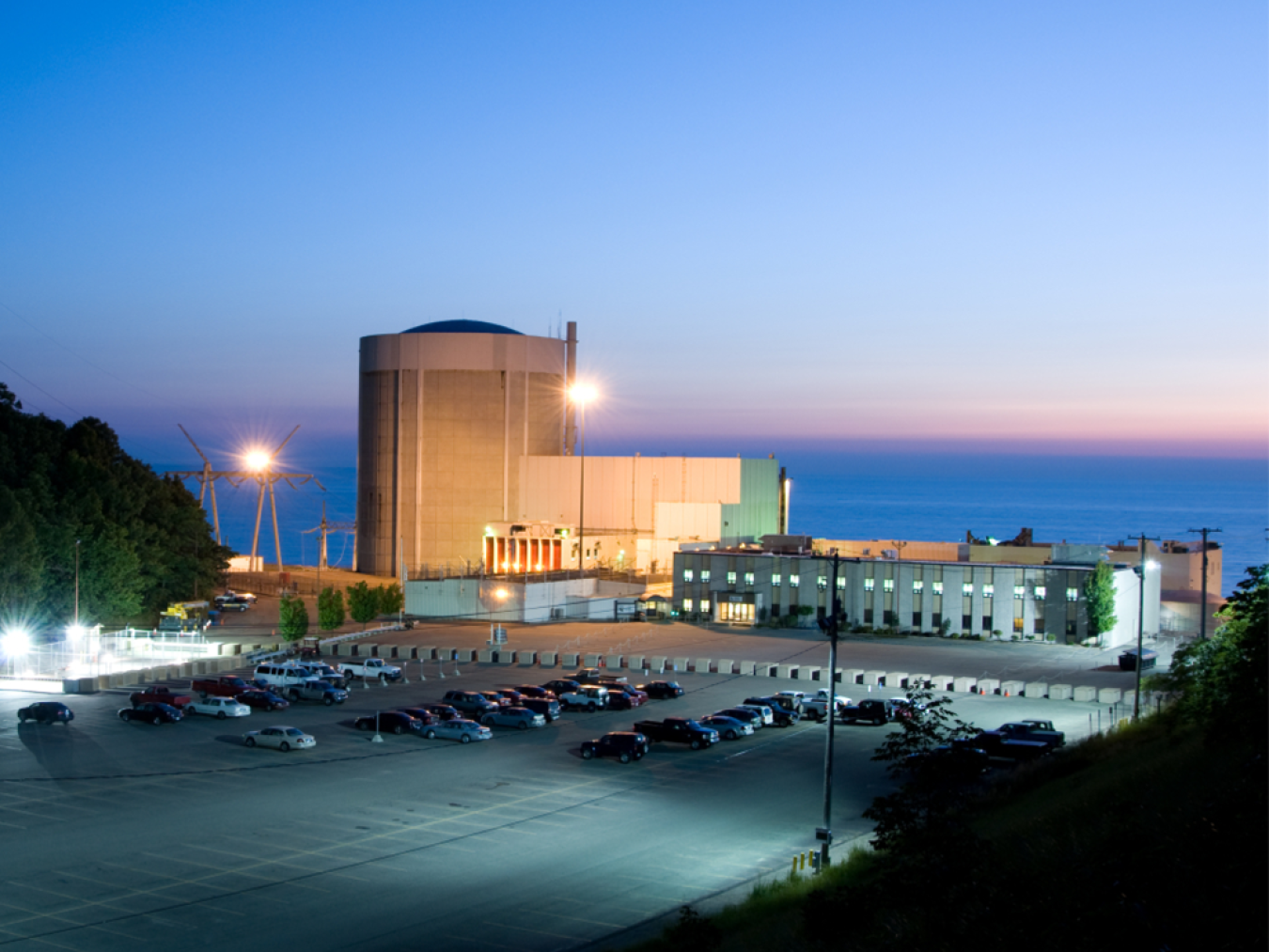
1. Restarting the Palisades Nuclear Plant
The U.S. Department of Energy (DOE) continued its support for the reopening of the Palisades Nuclear Plant, which will provide 800 megawatts of affordable, reliable baseload power in Michigan when completed. The Department announced the second and third disbursements of the up to $1.52 billion loan guarantee to Holtec for the project. It will be the first restart of a retired commercial nuclear reactor in U.S. history, pending regulatory approvals and could support or retain up to 600 high-quality jobs in Michigan.
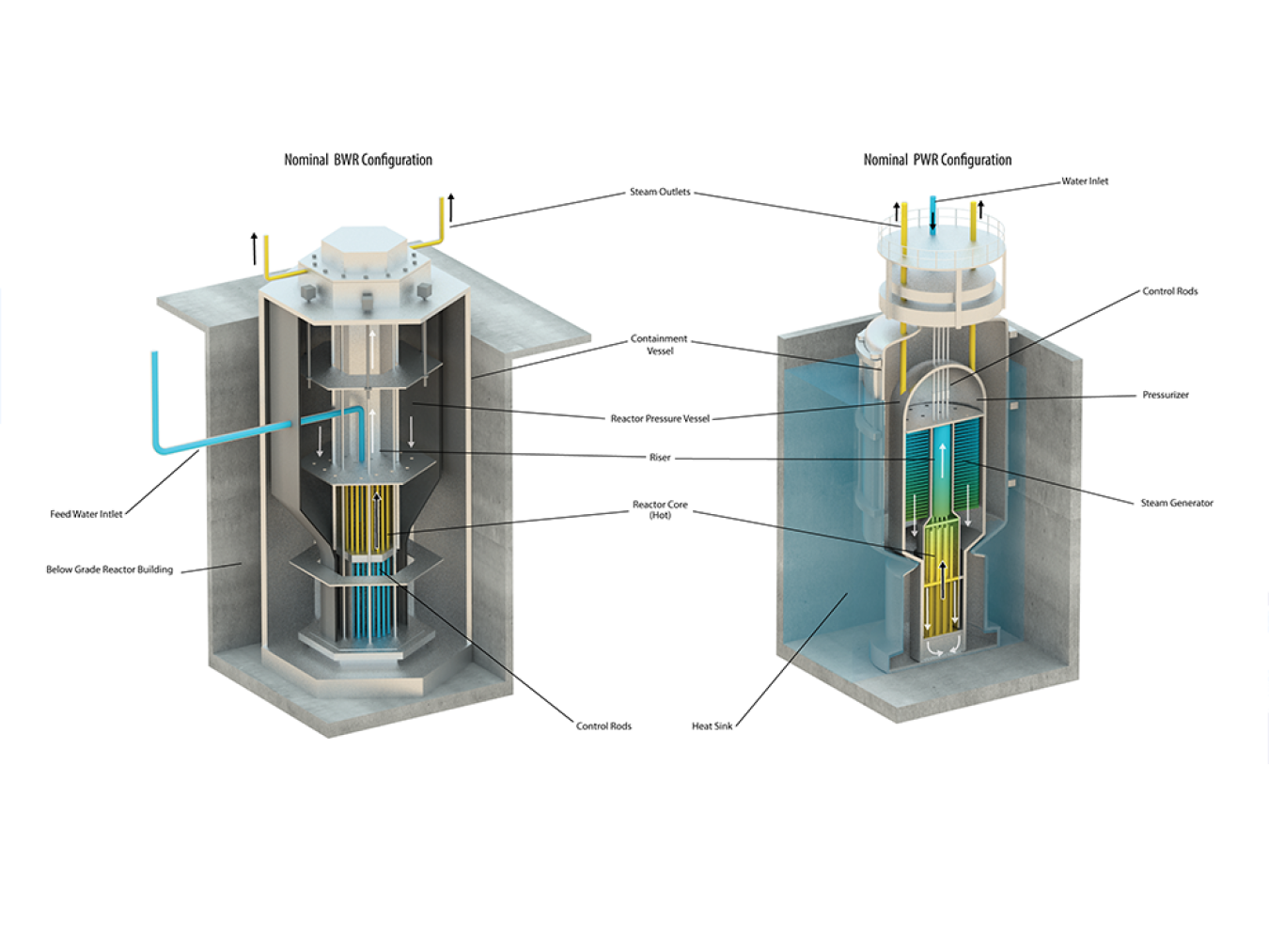
2. Unleashing American-Made SMRs
In March, DOE re-issued a $900 million solicitation to support the deployment of small modular reactors (SMRs) to better align with President Trump's bold agenda to unleash American energy and AI dominance. The modified solicitation process removed a 20 percent weighting for DEI imposed by the previous administration to ensure potential SMR first-movers are judged only on technical merit. U.S. electricity demand is forecasted to soar in the coming years, and next-generation SMRs could provide flexible, reliable power for energy-intensive sectors like industry and data centers.
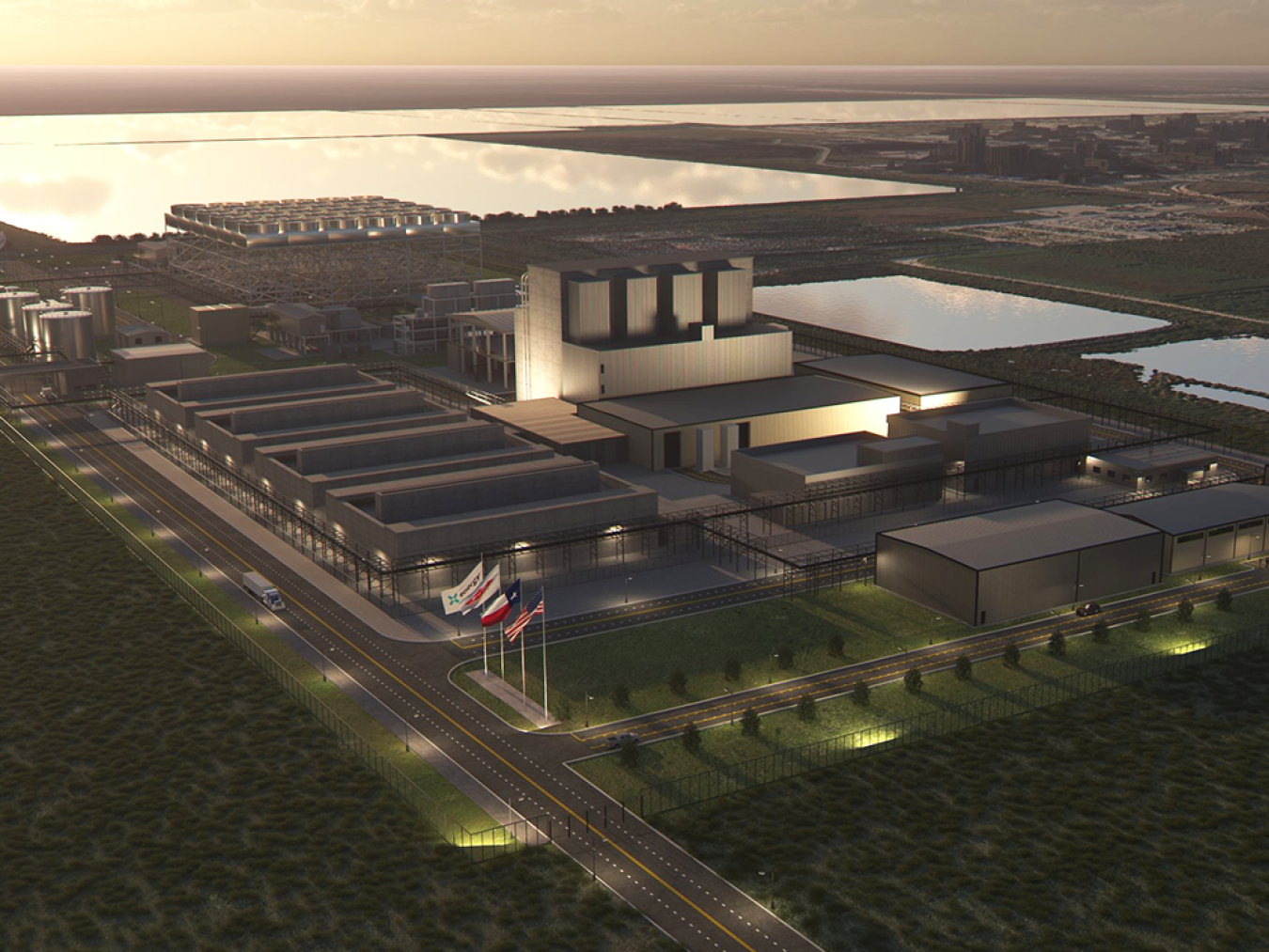
3. Dow and X-Energy Seek Advanced Reactor Construction Permit
Dow and X-Energy submitted a construction permit application to the U.S. Nuclear Regulatory Commission (NRC) in March for a proposed advanced nuclear project in Seadrift, Texas. The project is part of a demonstration project supported by DOE and includes four Xe-100 reactors at a Dow chemical plant. If approved, it would be the first advanced nuclear facility at an industrial site in the United States.

4. HALEU Headed to 5 Advanced Reactor Developers
On April 9, DOE made conditional commitments to provide high-assay low-enriched uranium (HALEU) to five U.S. nuclear developers to meet their near-term fuel needs. Many advanced reactors will need HALEU to achieve smaller designs, longer operating cycles, and increased efficiencies over current technologies, but HALEU is not currently available from domestic suppliers. This first round of HALEU allocations brings innovative American nuclear technologies one step closer to commercialization and will expand the use of nuclear energy to deliver more secure, affordable, and reliable energy to the American people.
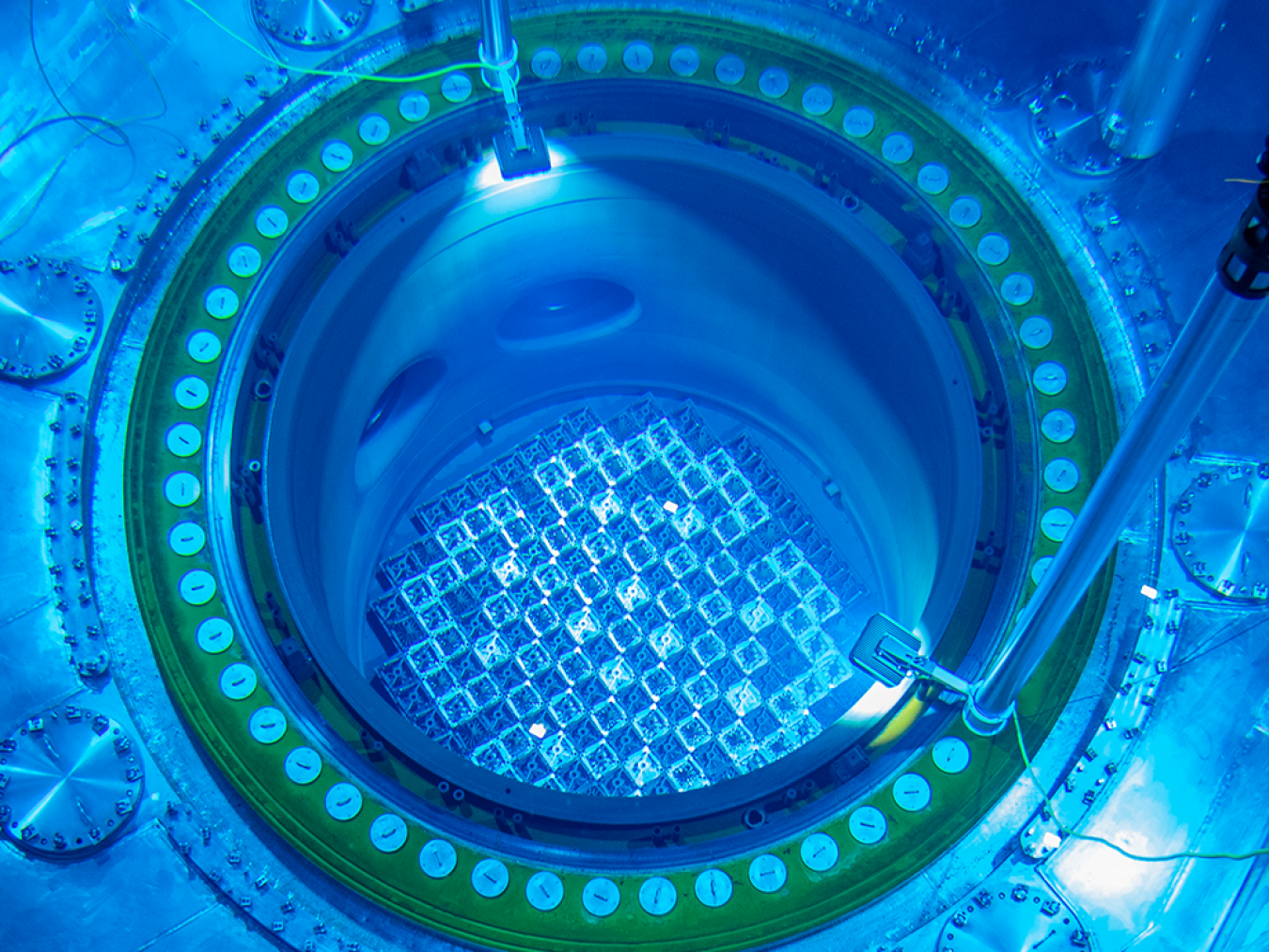
5. First Higher Enriched Fuel in U.S. Commercial Reactor
Southern Nuclear recently loaded a new nuclear fuel enriched above 5 percent into a commercial reactor for irradiation testing — a first for the United States. The advanced fuel was developed by Westinghouse through DOE’s Accident Tolerant Fuel Program to help improve fuel cycle safety and lower operational costs. The higher enrichment levels will allow the fuel to last longer and operate at increased power levels, potentially leading to additional reliable power production at nuclear power plants across the country.
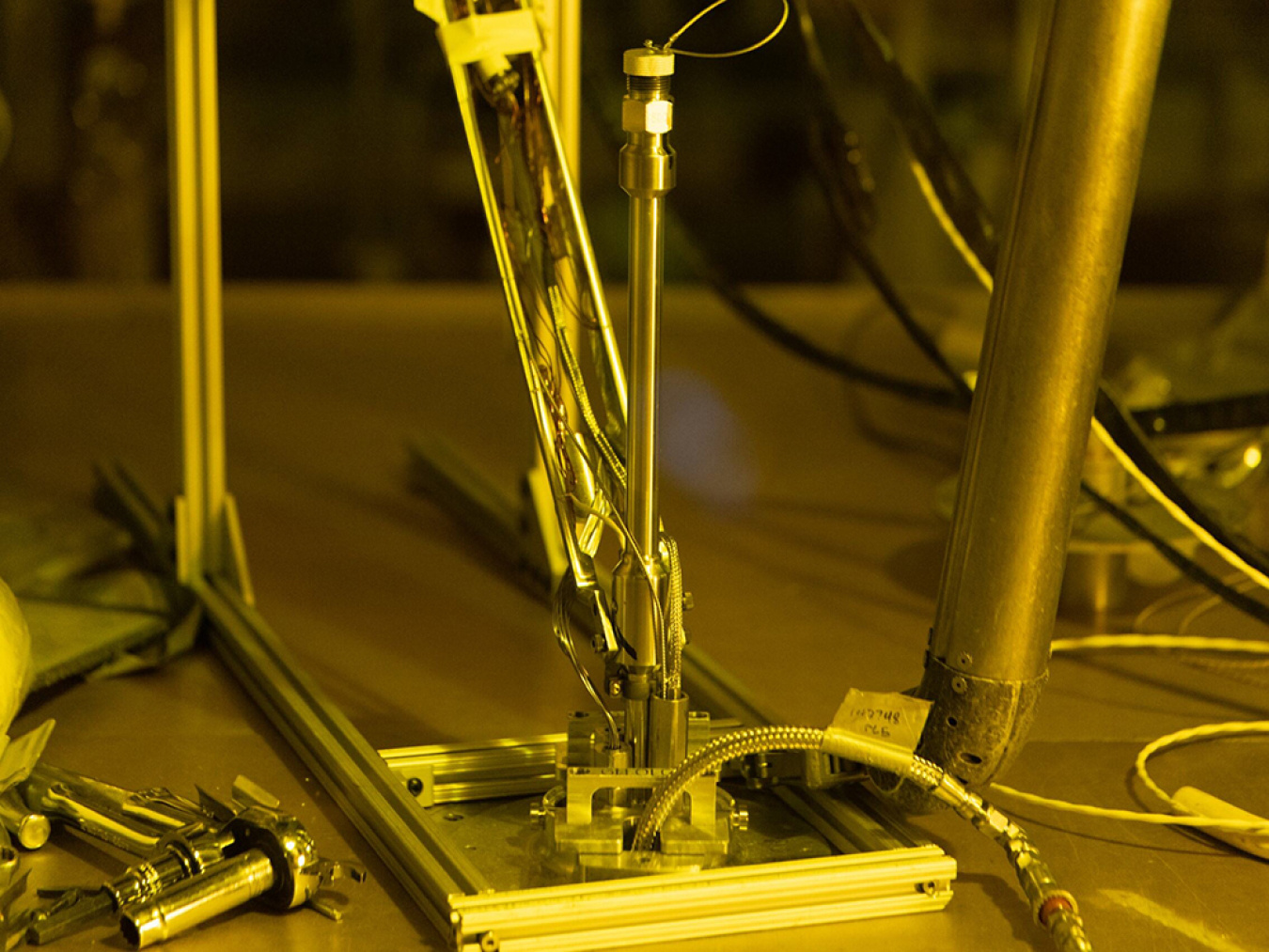
6. First Fast Reactor Fuel Safety Test of the 21st Century
Idaho National Laboratory (INL) conducted the world's first safety test on a high burnup fast reactor fuel in more than 20 years at its Transient Reactor Test facility, which was restarted during President Trump’s first term in 2017. The testing was part of a collaboration between DOE and the Japan Atomic Energy Agency and will provide crucial new data to help develop and qualify fuels for fast reactors currently being pursued by several U.S. companies.

7. Reducing Dependence on China-Sourced Cobalt
Researchers at Pacific Northwest National Laboratory (PNNL) created a new “super alloy” that shows promise for use in future advanced reactors and could reduce U.S. dependence on China-sourced cobalt. Scientists at PNNL figured out how to swap out cobalt for manganese in response to supply chain disruptions and increased global demand for cobalt, which is largely controlled by China. PNNL is now seeking industry collaborators to scale up manufacturing of the new alloy and assess its potential for nuclear energy applications.
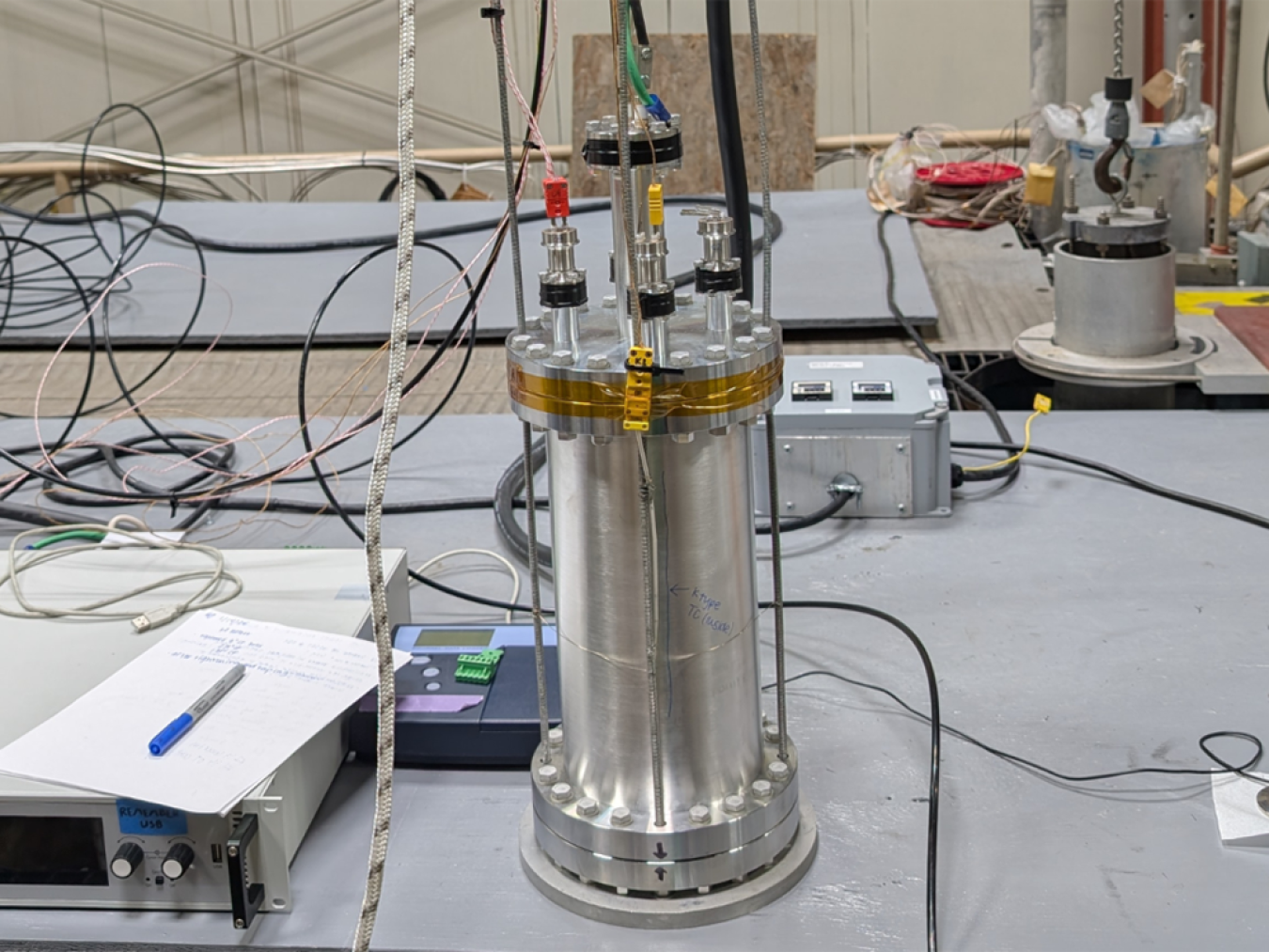
8. New Testbed Propels Research on Nuclear-Powered Rockets
Oak Ridge National Laboratory (ORNL) developed a new high-temperature testbed to advance research on nuclear thermal propulsion rockets. ORNL’s high-temperature furnace can be placed close to a reactor core to mimic the extreme heat and radiation conditions that nuclear fuels and materials will encounter in space, which will be a key asset for future experiments seeking to identify materials for use in nuclear thermal propulsion rockets. Nuclear-powered rockets offer greater efficiency over chemical rockets and could one day be used to transport a crewed mission to Mars.
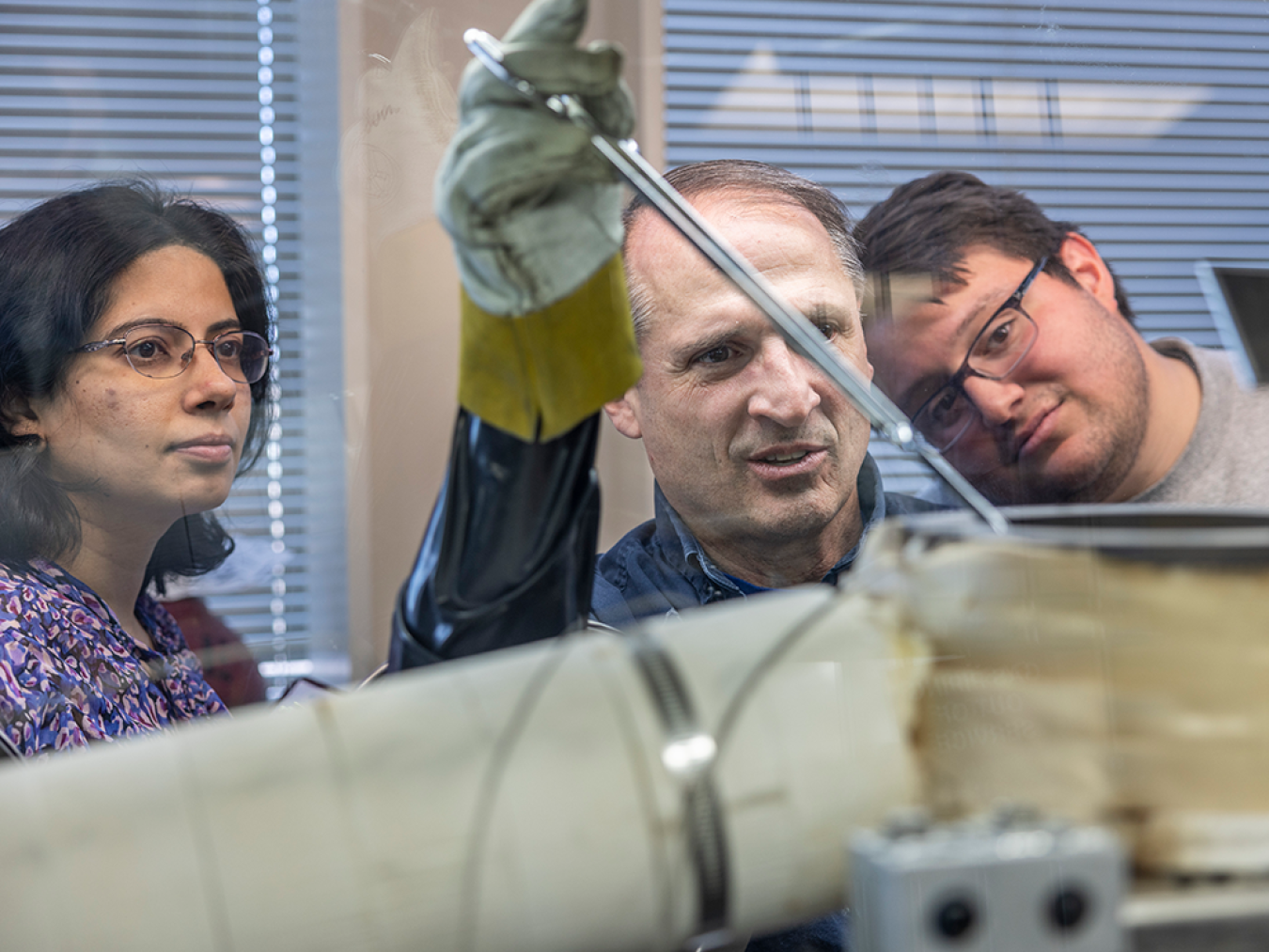
9. First-of-a-Kind Molten Salt Test Loop Unveiled
INL debuted a new molten salt test loop that will support the development of advanced reactors using molten salts. This revolutionary experimental platform will be used to help identify corrosion-resistant materials, sensors, and instrumentation that can survive in high-temperature environments. It will also support the Molten Chloride Reactor Experiment (MCRE) — the world’s first fast-spectrum, salt-fueled reactor experiment at INL scheduled to begin in the 2030s.
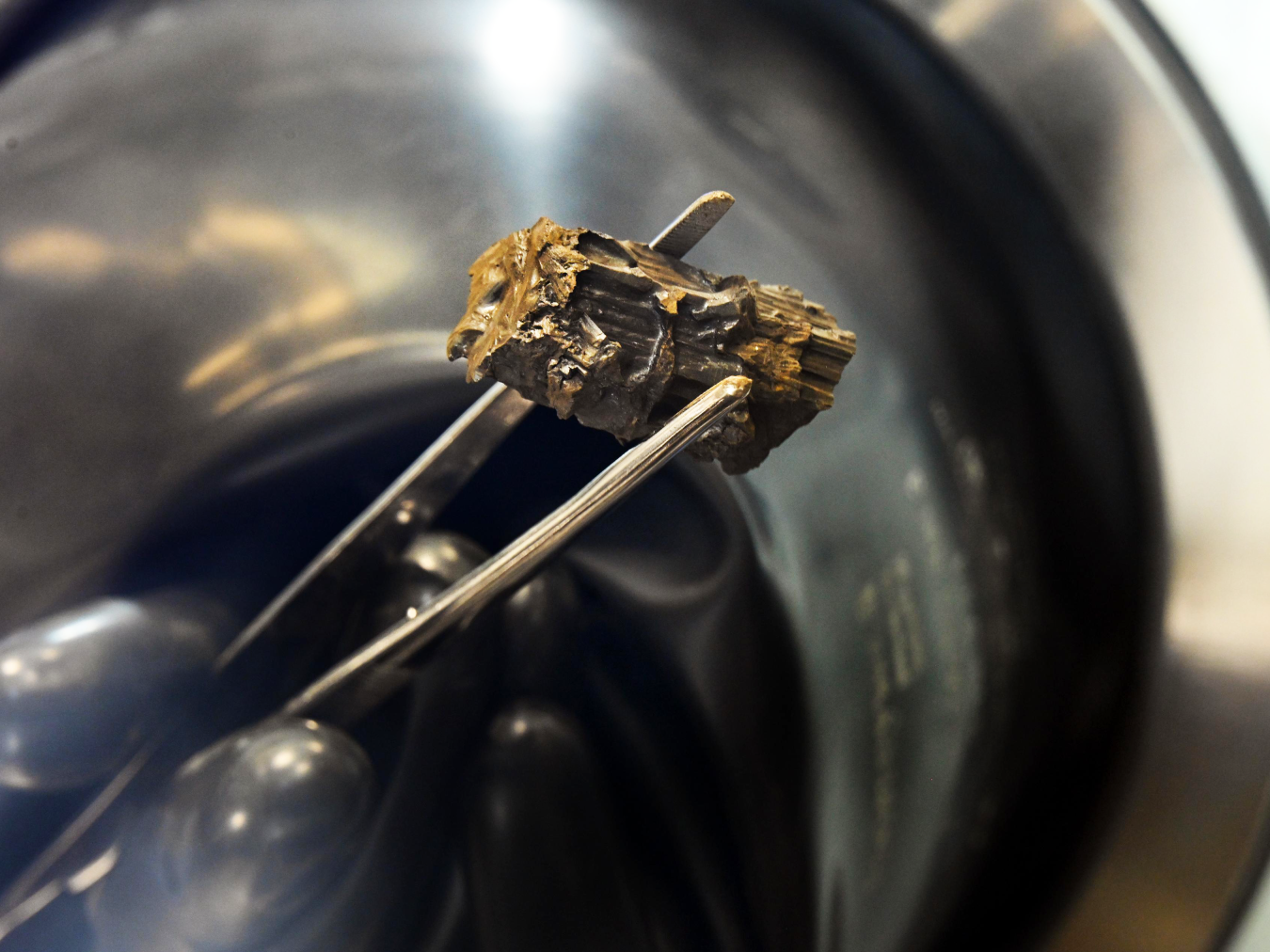
10. Cracking the Code on Molten Salt Fuel Production
INL also successfully demonstrated a more efficient way to produce the fuel that will be used in MCRE. The team brought in experts from INL, Southern Company, and TerraPower to help design a series of experiments aimed at reducing the time it takes to produce a batch of fuel salt for the reactor experiment. Now they can sustainably produce 18 kilograms of fuel salt in 8 hours and will soon have the time down to 5 hours — a critical step on the way to unlocking MCRE’s potential to break new ground in molten salt reactor research.
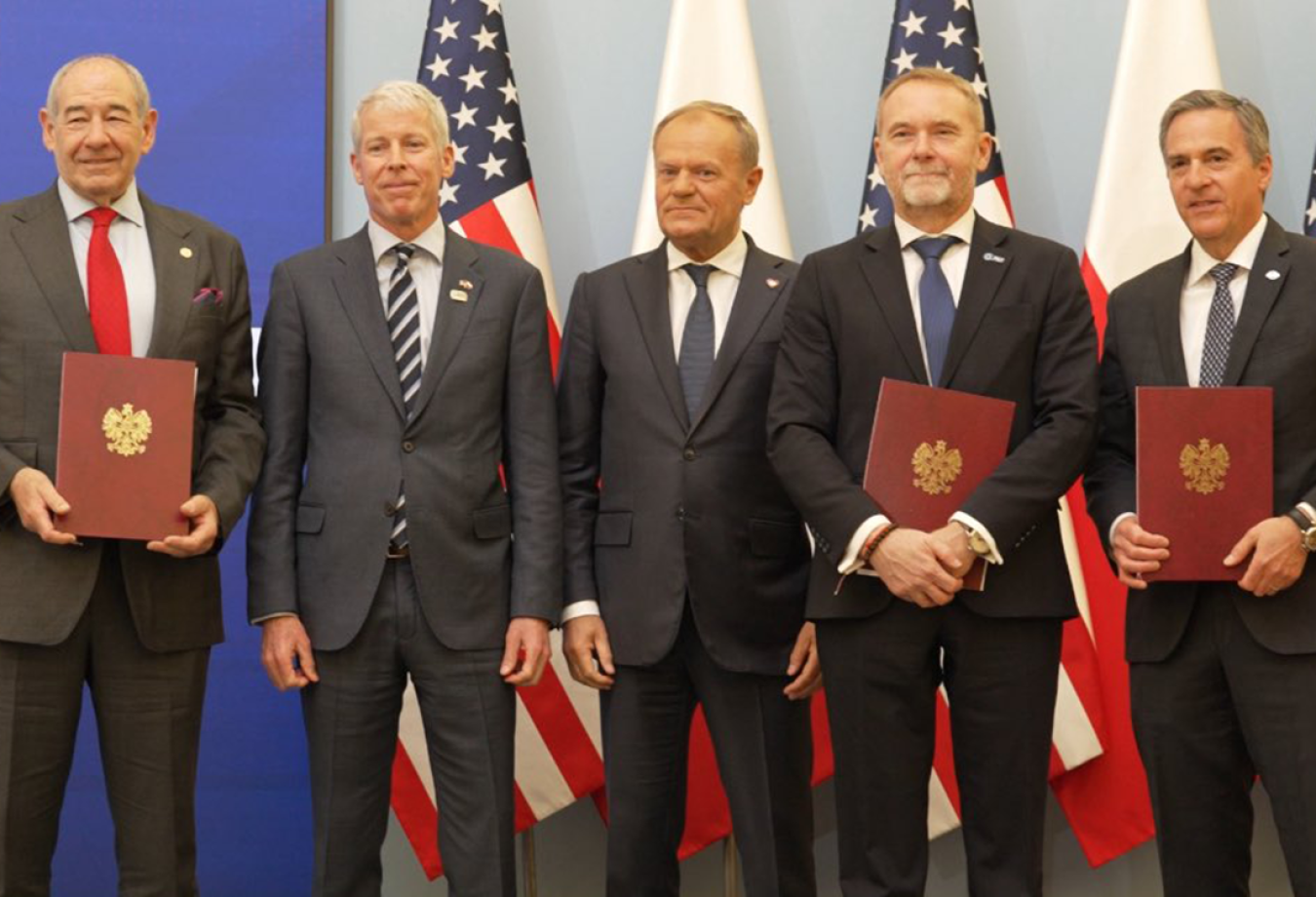
11. Advancing an American Civil Nuclear Deal in Poland
Sliding in on day 99 of the Trump Administration's first 100 days, U.S. Secretary of Energy Chris Wright joined industry leaders and Polish Prime Minister Donald Tusk for the signing of the Engineering Development Agreement for Poland’s first AP-1000 civil nuclear power plant. This agreement is part of a multibillion-dollar nuclear energy security deal that was started during the first Trump Administration and could lead to the construction of up to six of large-scale advanced nuclear reactors across Poland.
Looking Forward
This rapid progress highlights DOE’s commitment to advancing President Trump’s agenda of unleashing affordable, reliable, and secure energy and strengthening America’s position as a world energy leader — and there’s lots more to come.
Stay tuned...

